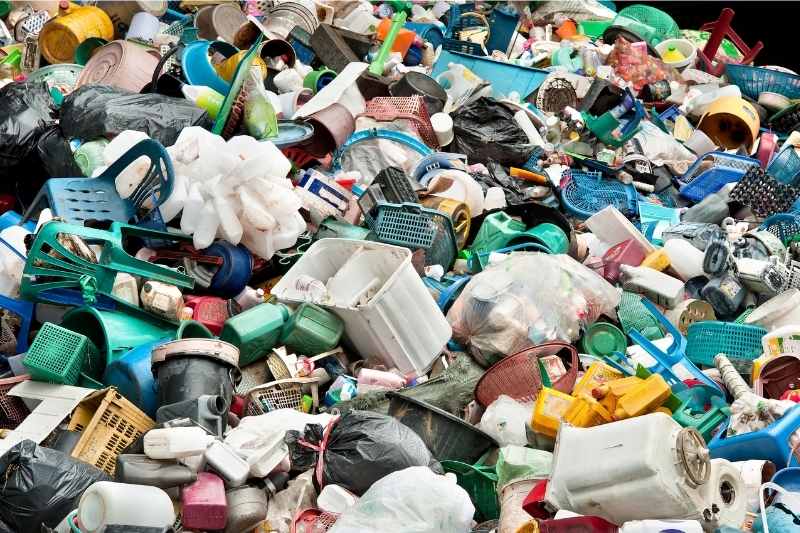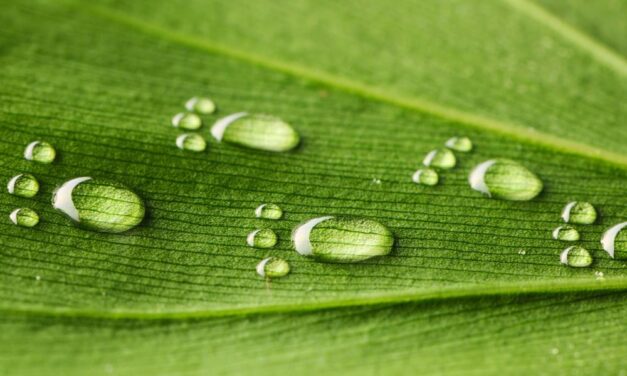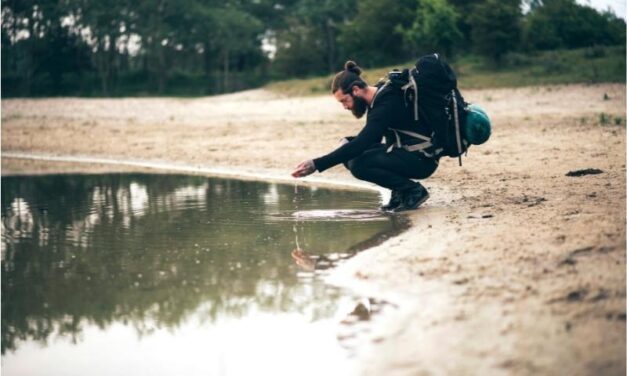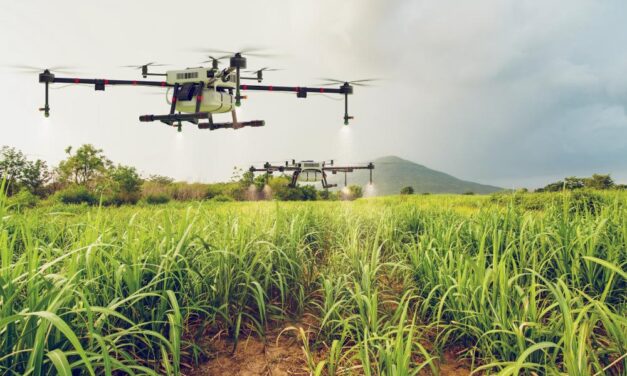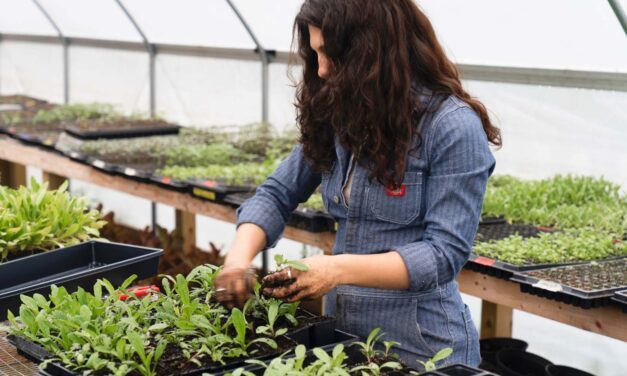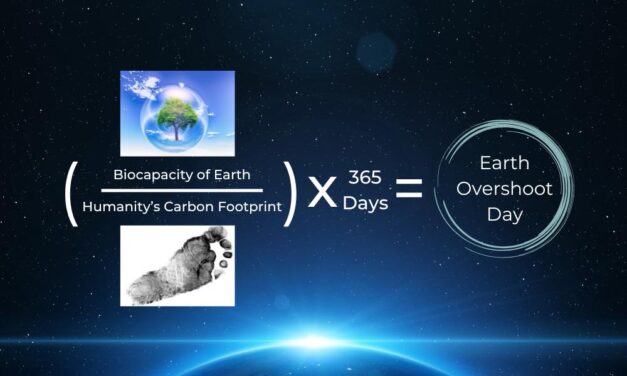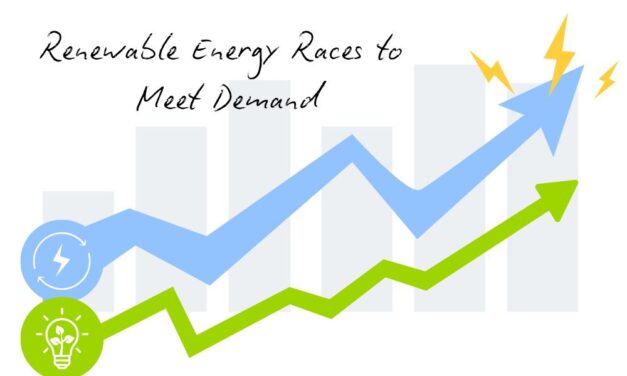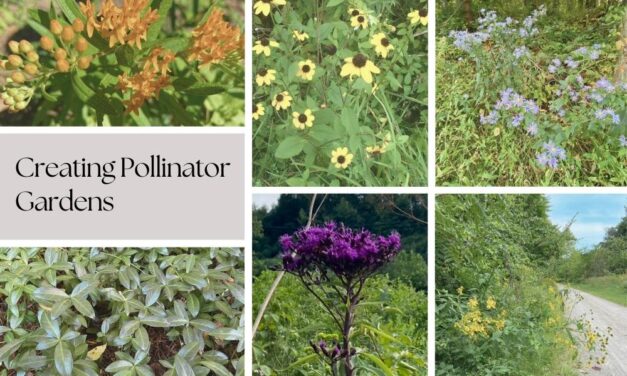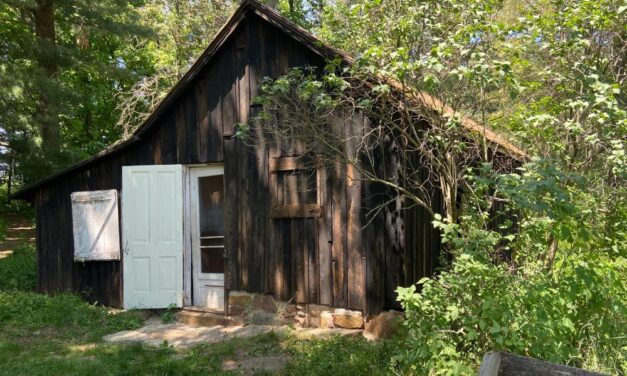Tag: Protect the planet
Join OPL’s Plastic Free July Challenge and Break Free from Plastic’s Grip
Plastic is pervasive and never decomposes. This month, join OPL’s Plastic Free July challenge and break free from your plastic dependency.
Read MoreUnderstanding Water Quality Through Aquatic Macroinvertebrates
Aquatic macroinvertebrates signal to us the quality of our waterways. They play a large part in our freshwater ecosystem.
Read MoreThe Hidden Water Footprint of Everyday Items
Become a more water-conscious consumer by understanding the hidden water footprint lurking behind common household products.
Read MoreThe Truth About Our Environmental and Humanitarian Water Crisis
Water sustains all life, yet we take it for granted. Learn how water demands are creating an environmental and humanitarian water crisis.
Read MoreTackling the Food Emissions Crisis
One Planet Life shares Project Drawdown’s webinar on food emissions. Changing the way we handle food waste is a critical climate solution.
Read MoreLearn About the Crucial Pillars of a Sustainable Food System
Regenerative farming and the support of local agriculture have emerged as crucial pillars of a more sustainable and resilient food system.
Read MoreEarth Overshoot Day: What It Is and Why It Matters
Earth Overshoot Day is an estimation of the day in which humans exceed their annual ecological budget. Let’s work together to #MoveTheDate.
Read MoreRenewable Energy Transitions Race to Meet Increasing Demands
America’s renewable energy transition projects are straining to meet rapidly rising energy demands. Discover more about our energy landscape.
Read MoreShow Our Planet You Care. Join the Love the Earth Challenge Today!
Earth Day is right around the corner! Be a warrior for change this year and join One Planet Life’s Love the Earth Challenge.
Read MoreCreating Pollinator Gardens with Native Plants
Creating a pollinator garden is a great way to balance the natural biodiversity of your backyard and offer a safe haven for local wildlife.
Read MoreA Visit to Aldo Leopold’s Farm and Shack
Take a virtual tour of the site where famous conservationist Aldo Leopold and his family spent their weekends in Baraboo, Wisconsin.
Read MoreMy Intern Experience at a Dolphin Assisted Therapy Facility in Curacao
OPL intern, Anna O’Reilly, writes about her recent intern experience at a dolphin assisted therapy center in Willemstad, Curacao.
Read More
Recent Posts
-

-
 Decadent Chocolate and Strawberry TartJul 1, 2025
Decadent Chocolate and Strawberry TartJul 1, 2025 -
 Creamy Banana “Nice Cream”Jul 1, 2025
Creamy Banana “Nice Cream”Jul 1, 2025 -
 Deliciously Vibrant Veggie Pizza For SharingJul 1, 2025
Deliciously Vibrant Veggie Pizza For SharingJul 1, 2025 -
 Hawaiian-style Fried RiceJul 1, 2025
Hawaiian-style Fried RiceJul 1, 2025

